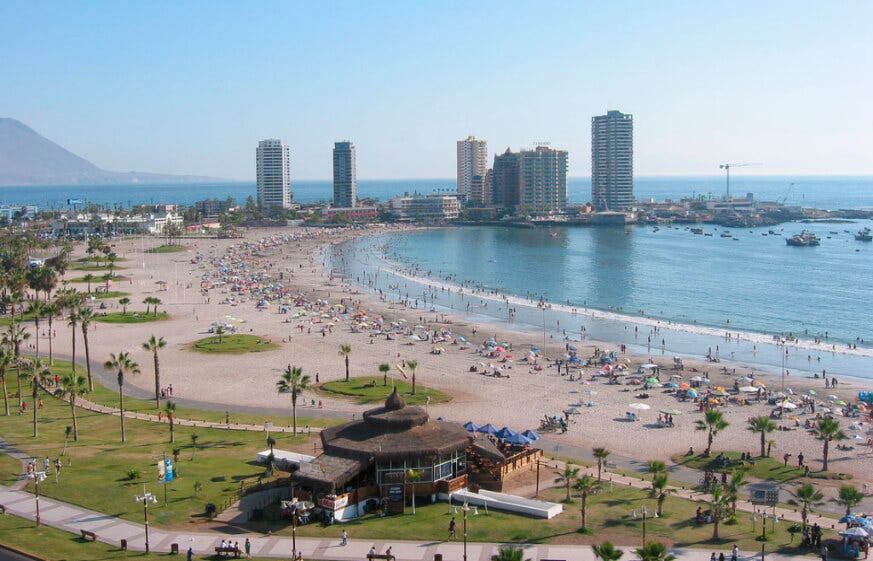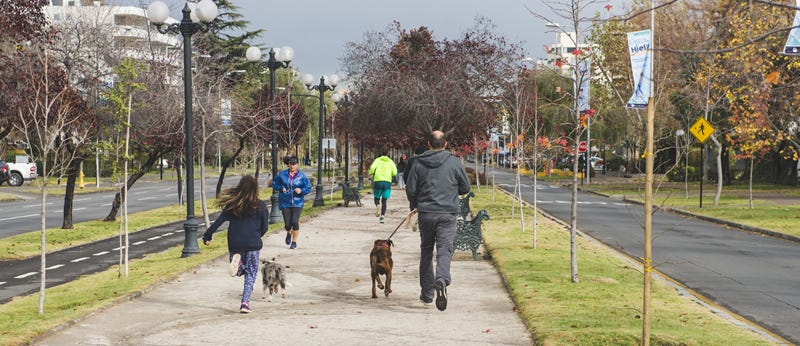About Chile

Chile, a long and narrow country on the western side of South America, is an exciting place filled with a mix of interesting history, stunning scenery, and a lively cultural scene. Whether you're exploring the busy city of Santiago or the far-off corners of Patagonia, Chile offers a variety of experiences for anyone looking to discover new and different things.
Geography of Chile
For the purpose of this article, we will be dividing Chile into 4 parts;
Arica to Coquimbo (North Zone)
The North Zone is known for its warm weather and unique scenery, stretching from a dry highland desert to beautiful white beaches along the Pacific Ocean. It's home to the driest desert globally, and the area's natural features have made it a hub for astronomy and mining.
These are the four major cities in this region:
a) Iquique b) San Pedro de Atacama c) English Bay d)Elqui Valley
Valparaíso to Maule
In the Central Zone, you find a mix of global modernization and long-standing local traditions. This region is home to some of Chile's key cities, like Santiago – the diverse capital – and Valparaíso, recognized as a cultural capital and World Heritage Site. What's cool is that you can go from the Andes Mountains ski resorts to Pacific beaches in just two hours, making it an ideal spot for adventure seekers who want a bit of both urban and outdoor experiences.
These are the four major cities in this region:
a) Santiago b) Easter Island c) Central coast d) Wine Routes
Bio-Bio to Los Ríos
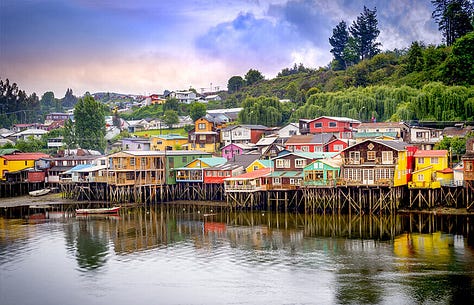
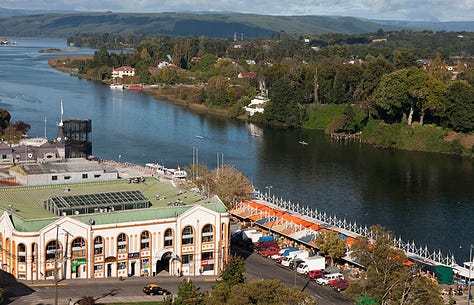
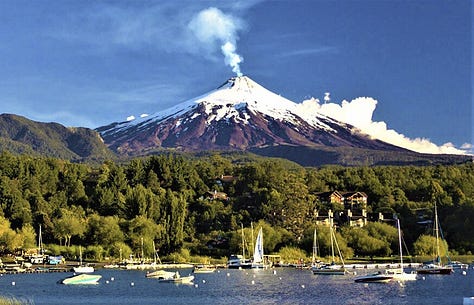
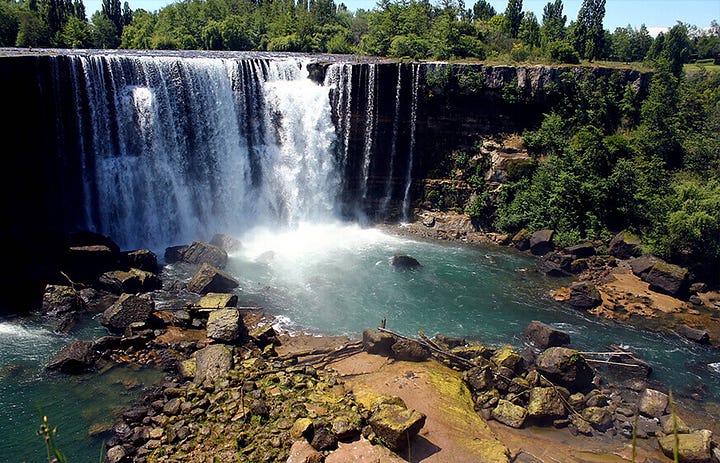
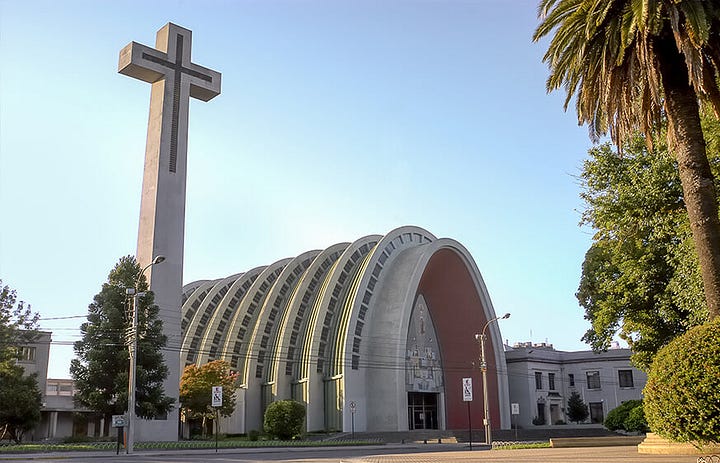
The confluence between a Mediterranean and humid oceanic climate with intense rainfall during winter makes this area a unique place, characterized by its vibrant vegetation and numerous rivers and lakes. The warmth of its population and a world-class tourist offer allow its visitors to enjoy the very best of southern Chile.
These are the five major cities in this region:
a) Chillán b) Saltos del Laja c) Pucón and Villarrica d) Valdivia e) Chiloé
Aysén to Punta Arenas and the Chilean Antarctic Territory
Chilean Patagonia, known as one of the most remote places on Earth, amazes people with its breathtaking natural scenery – think stunning landscapes, fjords, and glaciers, plus a mix of unique plants and animals. You can explore all that Patagonia has to offer through various activities, whether it's hiking, horseback riding, boating, and more.
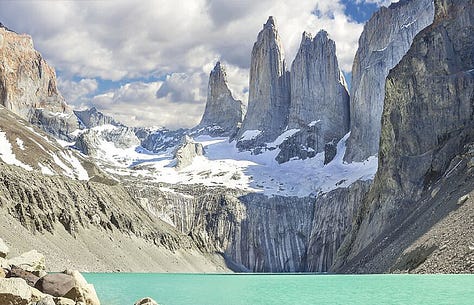
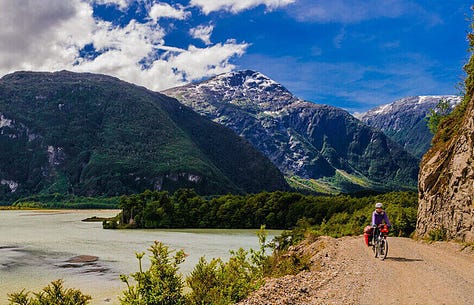
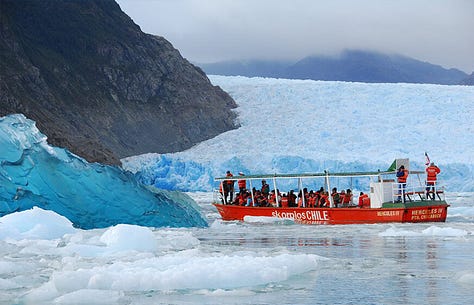
a) General Carrera Lake and the Marble Cathedral b) San Rafael Lake c) Carretera Austral d) Torres del Paine e) Punta Arenas and the Strait of Magellan
Is Chile Safe?
In the past few years, Chile has made big efforts to boost the quality of life for its people. Thanks to solid public and private institutions, it's become one of the safest places to study and travel in Latin America. Chile's got it all – diverse geography, varied landscapes, and cultures. It's a perfect mix of natural beauty, stability in society and politics, improving human development, and up-to-date infrastructure for folks visiting from abroad.
Can I work with the Chilean Student Visa?
In Chile, student visas only authorize holders to study, not to work. However, it is possible to obtain an authorization to carry out paid work with a student visa, for example, for students who undertake an internship or, in exceptional cases, require a job to pay for their studies.
The cost of this authorization is equivalent to 50% of the cost of a Subject to Contract Visa, depending on the nationality of the applicant. Your visa is valid for one year, and you can renew it until you complete your studies.
If you have any questions, you can consult the international relations office at your university in Chile.
Due to email length limits, we will have to break this guide into different articles. Watch out for episode 2 of this article, dropping tomorrow, 25th November. Remember to stay subscribed to the Zeenah Newsletter for more articles on this.



